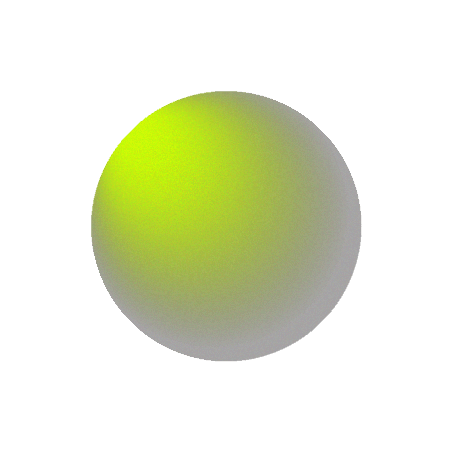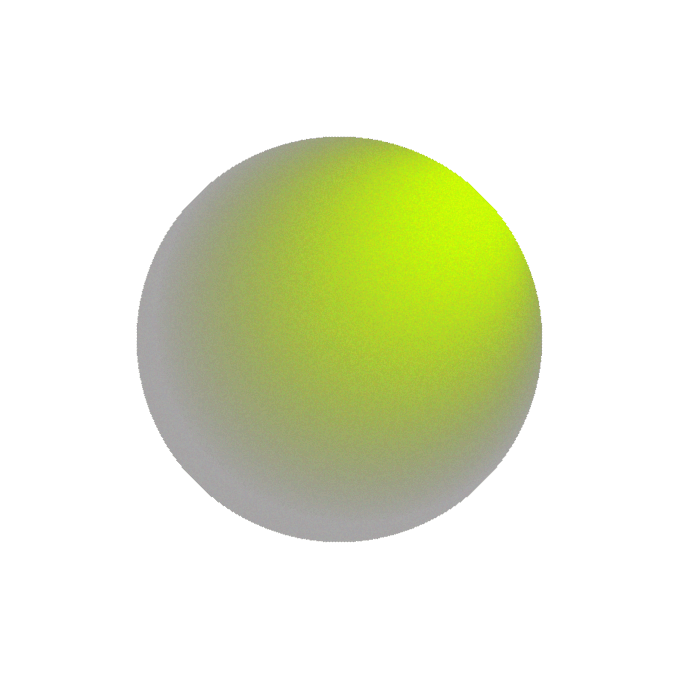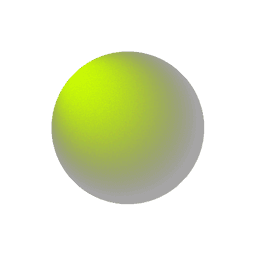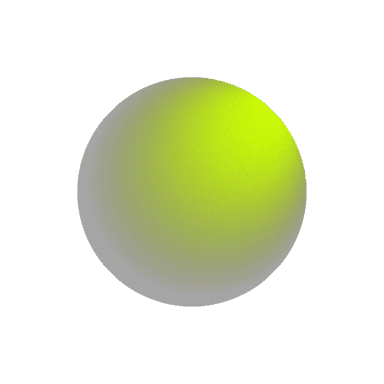Technical SEO vs. On-Page SEO: What’s the Difference?

If you’ve spent any time learning about how to improve your website’s visibility on search engines, you’ve likely encountered two core SEO strategies: Technical SEO and On-Page SEO. While both are critical to improving your rankings and overall user experience, they focus on very different aspects of your website.
Understanding the difference—and how they work together—is essential for building a successful, sustainable SEO strategy. Whether you’re a digital marketer, content creator, or business owner, knowing when to focus on technical fixes versus content improvements can make or break your SEO performance.
In this article, we’ll break down what each type of SEO involves, why they’re both essential, and how a real-world business used both approaches to boost their search engine visibility significantly in just three months.
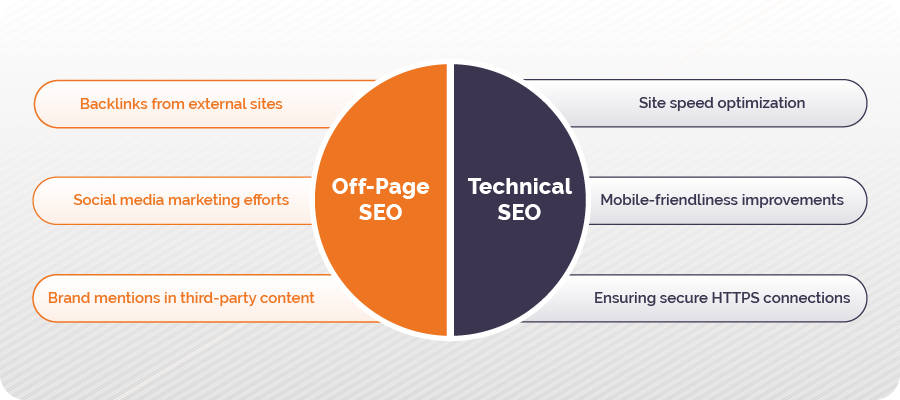
What Is Technical SEO?
Technical SEO refers to the behind-the-scenes optimizations that help search engines crawl, index, and understand your website. It doesn’t directly involve the content your users see—it’s all about the infrastructure.
Think of technical SEO as the foundation of a house. No matter how beautiful the interior (your content) is, if the structure is unstable or hard to access, people won’t stay long—and search engines might not even find it.
Key Elements of Technical SEO:
-
Site speed and performance
Faster sites improve both SEO and user experience. -
Mobile-friendliness
Google uses mobile-first indexing, meaning your mobile site is prioritized in rankings. -
Secure connections (HTTPS)
Security is a ranking factor and builds trust with users. -
Clean URL structure
URLs should be readable and logical—for both users and crawlers. -
Proper use of robots.txt and XML sitemaps
These help search engines know which pages to crawl and index. -
Fixing crawl errors and broken links
Ensures smooth navigation and accessibility for search bots. -
Structured data (schema markup)
Helps search engines understand your content type (e.g., product, review, event).
In short, technical SEO ensures your website can be discovered, accessed, and interpreted by search engines efficiently.
What Is On-Page SEO?
On-Page SEO refers to the optimization of individual web pages to rank higher and attract more relevant traffic. It focuses on the content and HTML elements visible to both users and search engines.
If technical SEO is the house’s structure, on-page SEO is the layout, furniture, and decor that make it livable and attractive.
Key Elements of On-Page SEO:
-
Title tags
These are the clickable headlines that appear in search engine results. -
Meta descriptions
Short blurbs that summarize what the page is about and entice clicks. -
Header tags (H1, H2, H3...)
Used to structure your content and highlight important topics. -
Keyword usage and placement
Ensures that content aligns with search queries. -
Image optimization (alt tags and file size)
Helps with SEO and accessibility while improving load times. -
Internal linking
Helps users and search engines navigate related content. -
High-quality, relevant content
Content must be original, valuable, and aligned with search intent.
The goal of on-page SEO is not only to help search engines understand the topic of the page but also to provide a great user experience that keeps visitors engaged.
Technical SEO vs. On-Page SEO: A Simple Analogy
Imagine you’re building a bookstore website.
-
Technical SEO ensures that Google can easily crawl your site’s structure, understand your category pages, and load each book listing quickly and securely.
-
On-Page SEO ensures that each book page has a compelling title, informative description, clear headings, and uses keywords that readers might search for (e.g., "best fantasy novels 2024").
Both are essential. If the website loads slowly or has broken links (technical SEO issues), it may never reach page one—no matter how great your content is. Likewise, if your site is technically perfect but your content is vague, poorly structured, or missing keywords, it won’t rank well either.
Real-World Example: Combining Both Approaches for Maximum Impact
An online store selling niche consumer products was struggling to compete in search rankings. Despite having a visually appealing website and an active social media presence, their organic traffic remained stagnant.
Here’s what they did over a three-month period:
Phase 1: Technical SEO Overhaul
-
They restructured their URL system, removing long query strings and making URLs keyword-rich and user-friendly (e.g., from /product?id=12345 to /eco-friendly-reusable-straws).
-
They improved site speed by compressing images and enabling browser caching.
-
They added an XML sitemap and submitted it to Google Search Console.
-
They fixed mobile responsiveness issues to pass Google’s mobile usability tests.
Phase 2: On-Page SEO Enhancements
-
Product descriptions were rewritten to include target keywords naturally.
-
Titles and meta descriptions were rewritten to be more compelling and click-friendly.
-
Each product page was structured with H1 for product names and H2s for benefits, materials, and FAQs.
-
They added internal links to related blog posts and category pages.
The Result:
Within three months, the site saw:
-
A 40% increase in organic traffic
-
Improved rankings for several mid-volume keywords
-
A noticeable increase in conversion rates, as better descriptions helped users make informed decisions
This case proves that combining technical SEO and on-page SEO is more powerful than focusing on one alone.
Which Should You Prioritize?
It depends on your current situation:
-
If your site isn’t getting indexed, loading slowly, or has crawl errors?
Start with technical SEO. -
If your pages rank but have poor click-through or engagement?
Focus on on-page SEO.
Ideally, both areas should be addressed in tandem. SEO is a long-term strategy that benefits from regular audits, adjustments, and collaboration between developers, designers, and content creators.
Final Thoughts
Technical SEO and On-Page SEO are two sides of the same coin. One ensures your site is structured for visibility and accessibility. The other ensures each page is optimized to attract and retain real users.
You can’t have one without the other. Technical SEO makes your site findable. On-Page SEO makes it valuable.
If your SEO strategy has hit a plateau, consider this: are you only fixing what users can see? Or are you also optimizing what search engines experience behind the scenes?
When both work together, the result isn’t just higher rankings—it’s a faster, clearer, and more rewarding experience for everyone who visits your site.


Subscribe to follow product news, latest in technology, solutions, and updates
Other articles for you


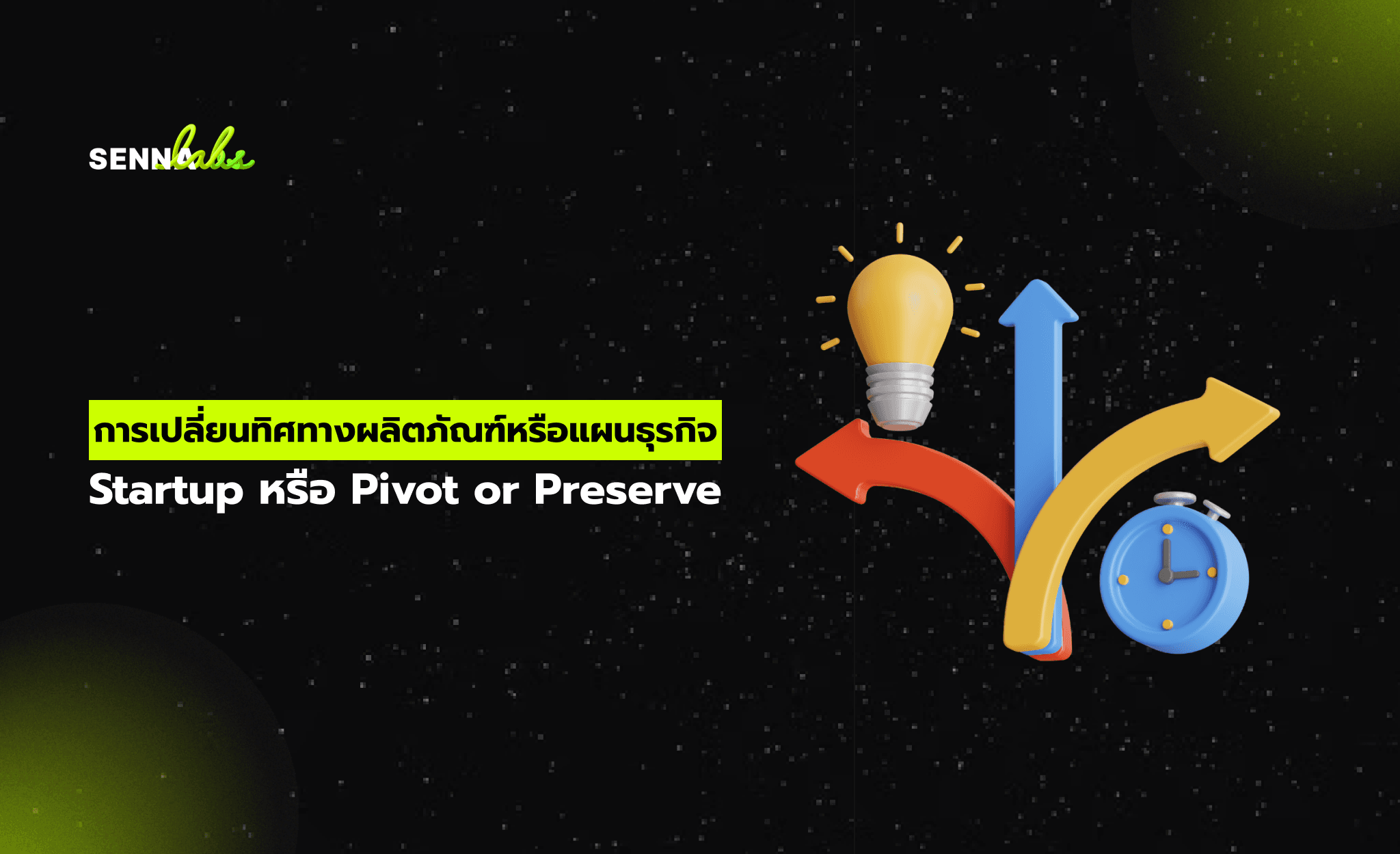
Let’s build digital products that are simply awesome !
We will get back to you within 24 hours!Go to contact us Please tell us your ideas.
Please tell us your ideas.



